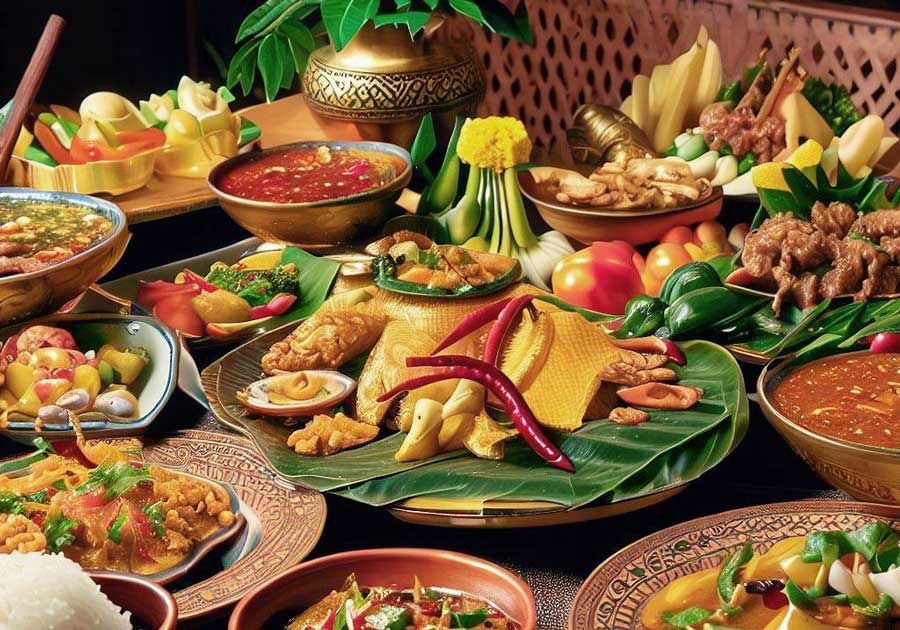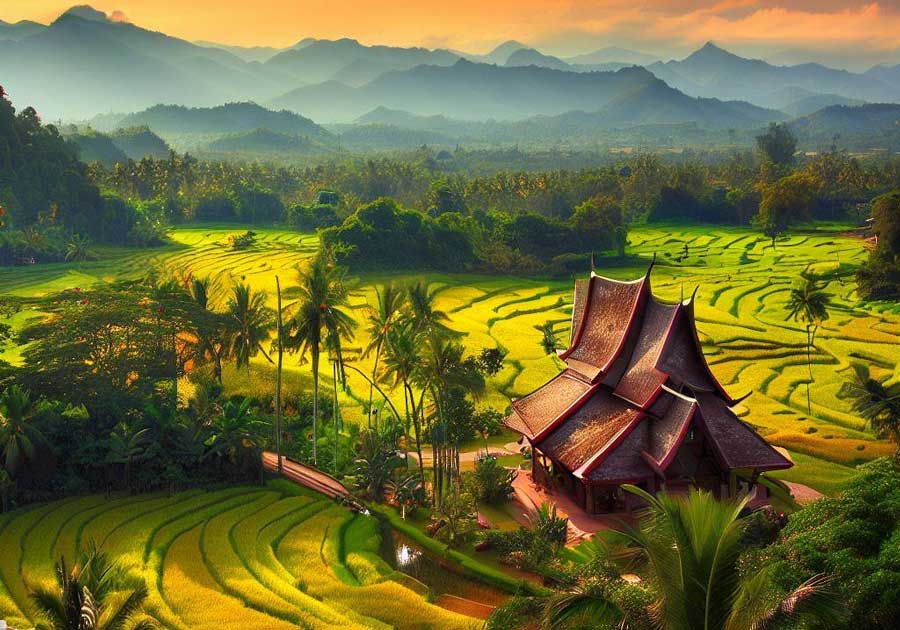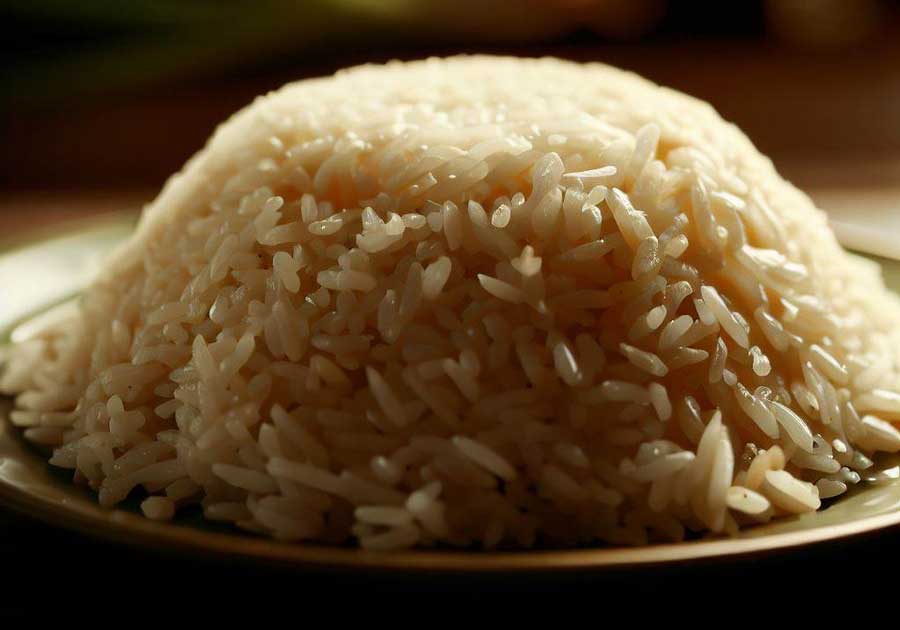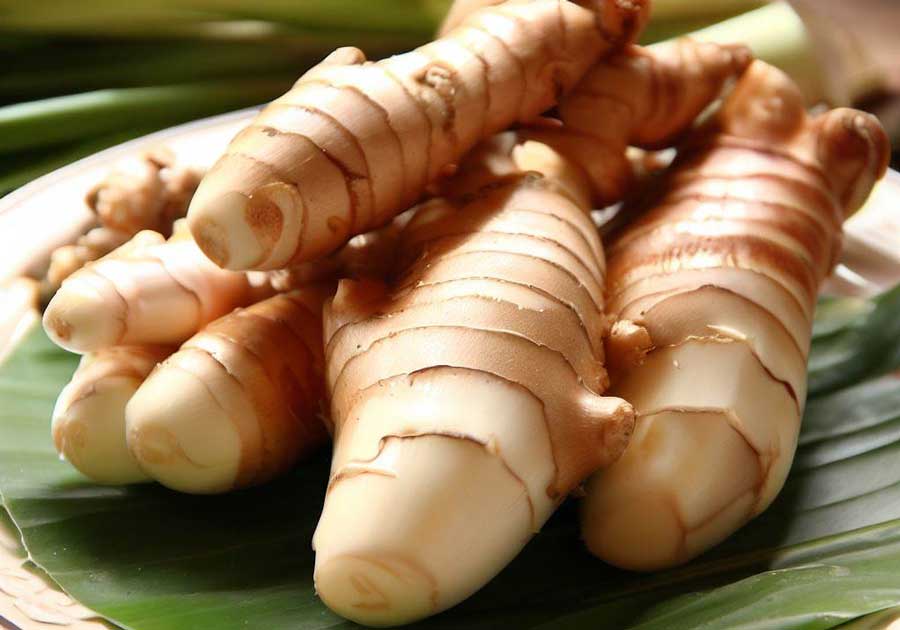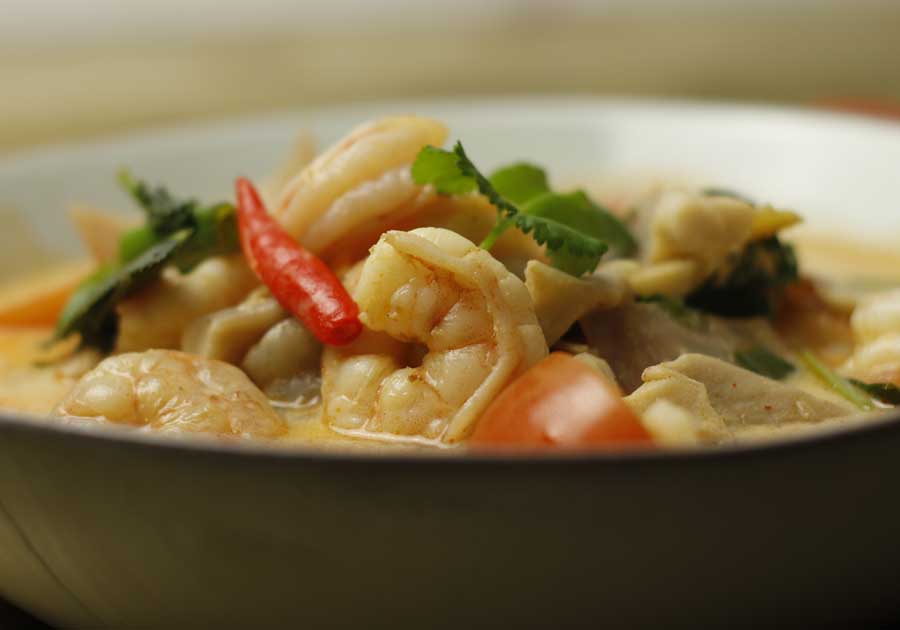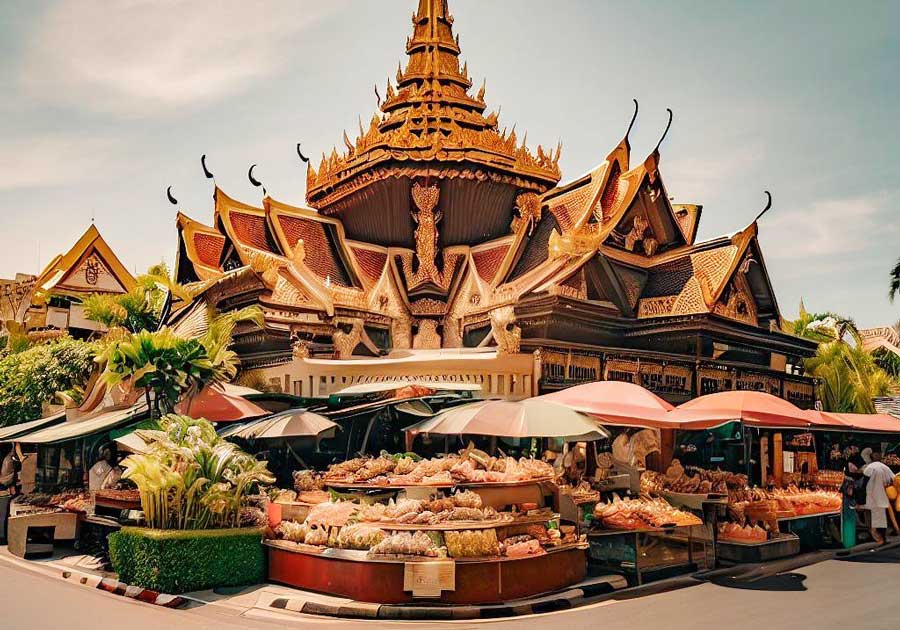Central Thai Food is Known Around The World
Central Thai cuisine is celebrated globally for its harmonious blend of flavours, textures, and aromas. The food which you find in Thai restaurants around the world is mostly Central Thai food and is what most people think of when talking about Thai food in general.
Within Thailand, regional diversity further enriches this culinary tapestry, with each region offering its unique dishes and ingredients. Central Thailand, with Bangkok as its cultural and gastronomic epicentre, is renowned for its balanced and harmonious flavours that have captivated food enthusiasts worldwide. It is often referred to as the “Rice Bowl of Thailand,” and is situated in the heart of the country.
This region is not only the political and economic centre but also the culinary hub of Thailand. Its cuisine reflects its central location, incorporating elements from various Thai culinary traditions to create a symphony of flavours that delight the palate.
The Flavours of Central Thai Cuisine
Central Thai food is characterised by a delicate balance of sweet, sour, salty, and spicy flavours, creating a harmonious and well-rounded taste profile. The use of fresh herbs and aromatic spices enhances the depth of these flavours, making each dish a sensory delight.
Palm sugar is a common sweetener in Central Thai cuisine, adding a subtle sweetness to many dishes. The use of coconut milk also imparts a natural sweetness to curries and desserts, while tamarind and lime are essential ingredients that contribute to the tangy and refreshing flavours in Central Thai dishes. Tom Yum, a popular Thai soup, exemplifies the perfect balance of sourness.
Fish sauce (nam pla) and soy sauce are frequently used to season dishes, providing the necessary saltiness. Additionally, shrimp paste and salted soybeans are used in various condiments.
Central Thai cuisine is known for its moderate to high levels of spiciness. While still very spicy for many western visitors, it’s nowhere near as spicy as Southern Thai food. Chillies, both fresh and dried, are used liberally to add heat to many dishes, with green and red curries being prime examples.
The Staple Ingredients of Central Thai Food
1. Jasmine Rice – The Heart of Central Thai Meals: Jasmine rice, celebrated as the staple of Central Thai cuisine, serves as a neutral foundation for dishes, allowing their inherent flavours to shine. In comparison, Isaan food focuses mainly on sticky rice.
2. Bird’s Eye Chilies – Central Thailand’s Spicy Signature: Central Thai cuisine has earned a reputation for its fiery nature, primarily attributable to the use of bird’s eye chilies, also known as “prik kee noo.”
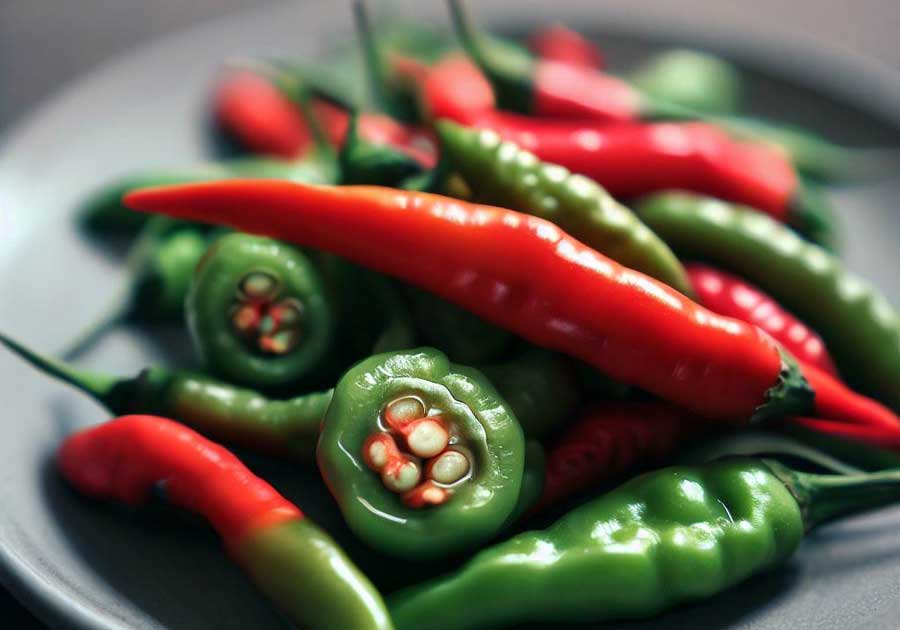
3. Galangal – The Root of Depth: Central Thai cuisine relies on the aromatic galangal to create depth and complexity in its dishes.
4. Lemongrass – Zesty Aroma and Flavour: Lemongrass, a fragrant herb, imparts a citrusy aroma and flavour to Central Thai dishes.

5. Kaffir Lime Leaves – Citrusy Fragrance: Kaffir lime leaves are a vital ingredient in Central Thai cuisine, contributing a bright, citrusy aroma.
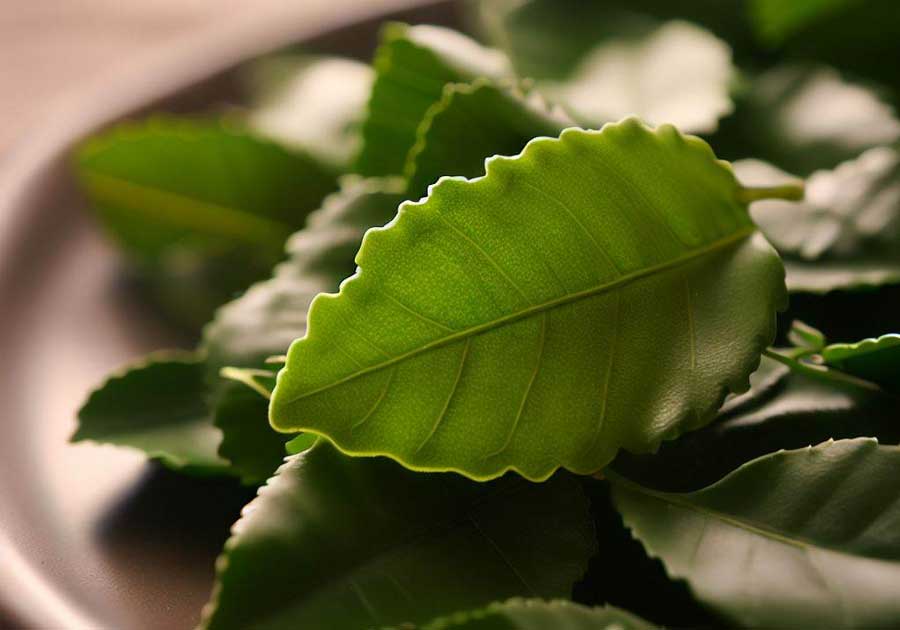
Popular Dishes
Tom Yum Goong – A Spicy and Sour Delight:
A Thai classic, Tom Yum Goong is a spicy and sour soup brimming with prawns, lemongrass, kaffir lime leaves, and galangal. It’s a flavourful explosion, offering the perfect balance of tanginess and heat.
Pad Thai – Thailand’s Iconic Stir-Fried Noodles:
Pad Thai, a beloved street food, features stir-fried rice noodles with shrimp or chicken, tofu, peanuts, and bean sprouts. It’s seasoned with a sweet and tangy tamarind sauce, creating a harmonious blend of textures and flavours.
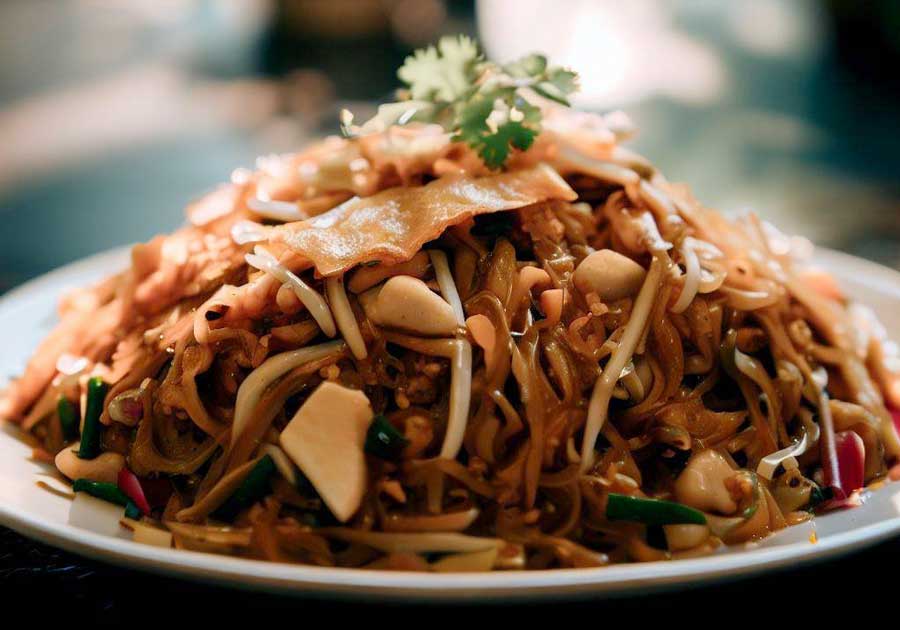
Green Curry (Gaeng Keow Wan) – Creamy and Aromatic:
Green Curry is a creamy and aromatic dish made with green curry paste, coconut milk, and a choice of meat or vegetables. The result is a rich and spicy curry that’s both fragrant and comforting.
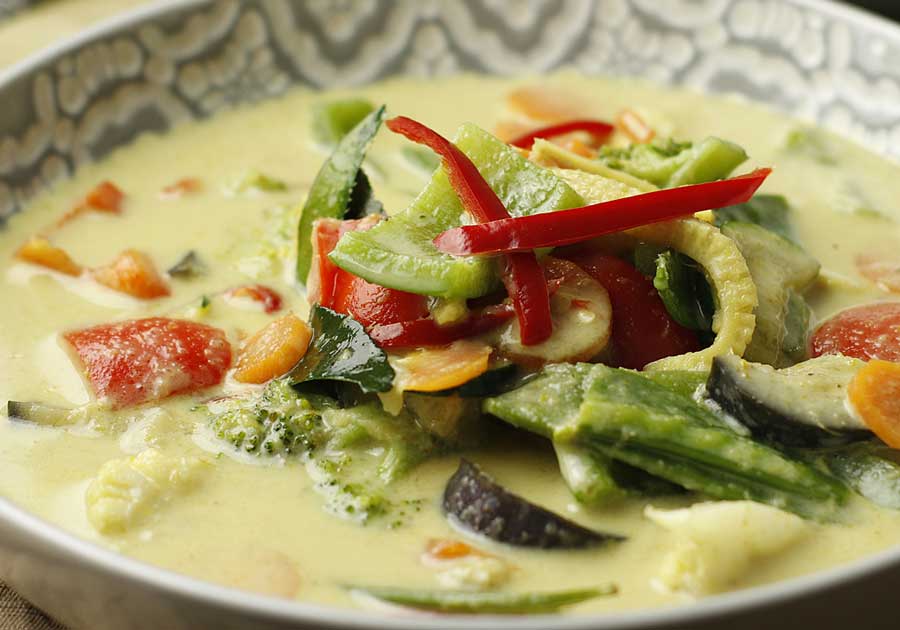
Pad Kra Pao (Stir-Fried Basil Chicken) – A Fiery Thai Stir-Fry: Pad Kra Pao is a fiery Thai stir-fry featuring minced chicken, holy basil leaves, garlic, and chillies. The dish bursts with intense flavours and is often served with a fried egg on top, creating a delicious blend of textures and spices.
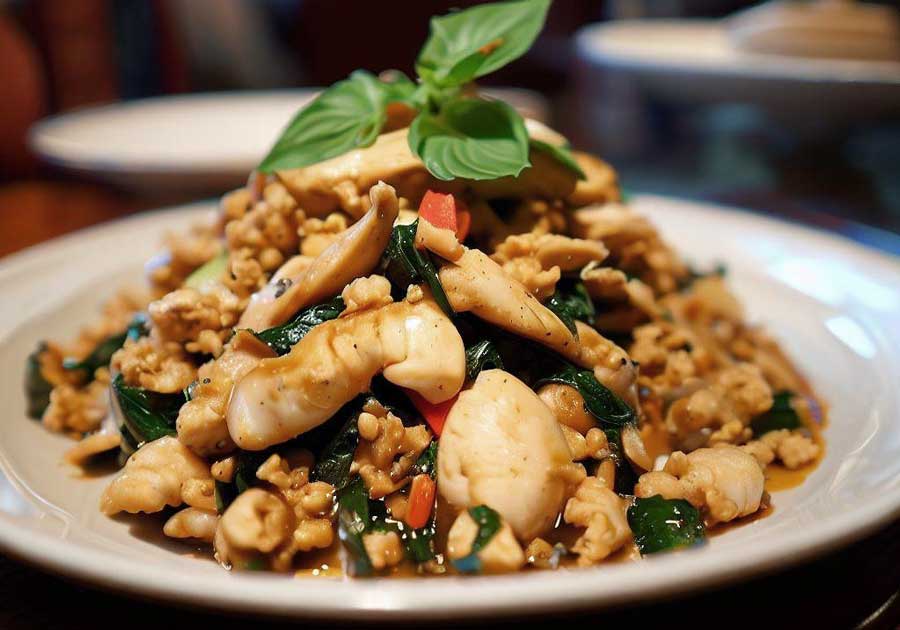
Red Curry (Gaeng Phed) – A Spicy and Fragrant Thai Classic: Red Curry, or Gaeng Phed, is a Thai culinary staple featuring a vibrant and spicy curry paste made from red chilies, garlic, lemongrass, and other aromatic spices. It’s cooked with a choice of meat or tofu, coconut milk, and a variety of vegetables. The result is a delightful harmony of bold flavours and a rich, creamy texture.
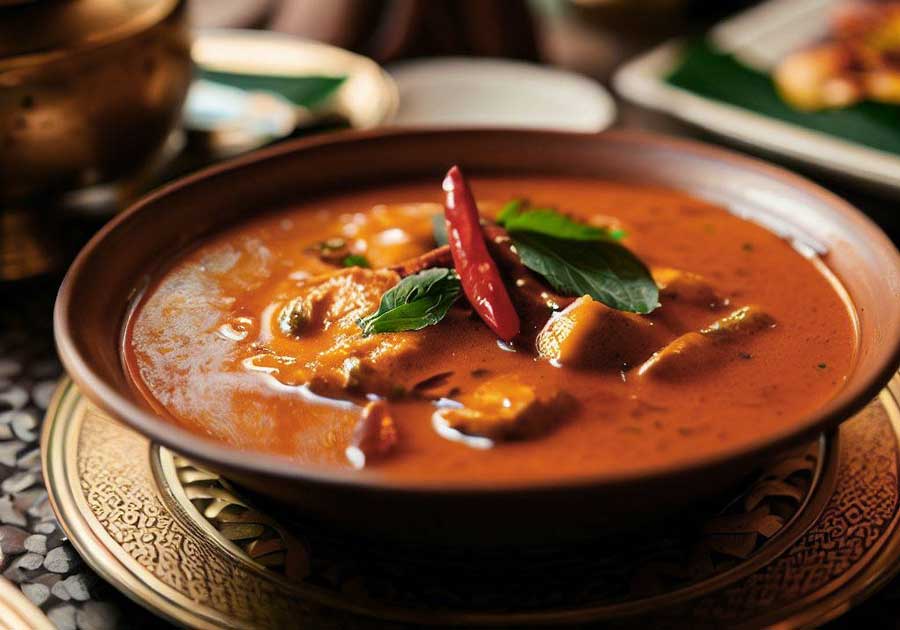
The Cultural Significance of Central Thai Cuisine
Central Thai cuisine is deeply intertwined with the region’s culture, history, and way of life. The culinary traditions of Central Thailand reflect the influences of both Thai royalty and the common people. The cuisine of Central Thailand has been heavily influenced by the royal court of Thailand. The refinement and elegance of royal Thai cuisine are evident in the use of intricate techniques, decorative garnishes, and elaborate presentations. Dishes like Hor Mok (steamed fish curry custard) and Khao Chae (rice soaked in jasmine-scented water) are classic examples of royal Thai cuisine that hail from this region.
In contrast to the grandeur of royal cuisine, Central Thailand’s street food culture is a vibrant and integral part of daily life. Streets and markets in Bangkok come alive with a vast array of street vendors selling everything from satay skewers and pad Thai to coconut ice cream and mango sticky rice. This street food culture showcases the region’s culinary diversity and accessibility.
Central Thailand is home to numerous festivals and rituals that revolve around food. Songkran, the Thai New Year, is celebrated with water splashing and traditional dishes like Khao Chae. Loy Krathong, the Festival of Lights, sees floating lanterns and offerings of sweets made from rice flour and coconut, reflecting the significance of rice in Central Thai culture.
Central Thai cuisine is not just about individual flavours, but also the artful balance of these flavours in every dish. The careful calibration of sweet, sour, salty, and spicy elements is what makes Central Thai cuisine truly exceptional. It’s a cuisine that pleases the senses and nourishes the soul, celebrating both the everyday and the extraordinary.
With its exquisite balance of flavours, reliance on fresh ingredients, and cultural significance, it has earned its place on the global gastronomic stage. Whether you’re savouring a steaming bowl of Tom Kha Gai or indulging in the sweet-savoury goodness of Pad Thai, Central Thai cuisine invites you to explore its rich and diverse flavours, leaving an indelible mark on your taste buds and culinary memories.

